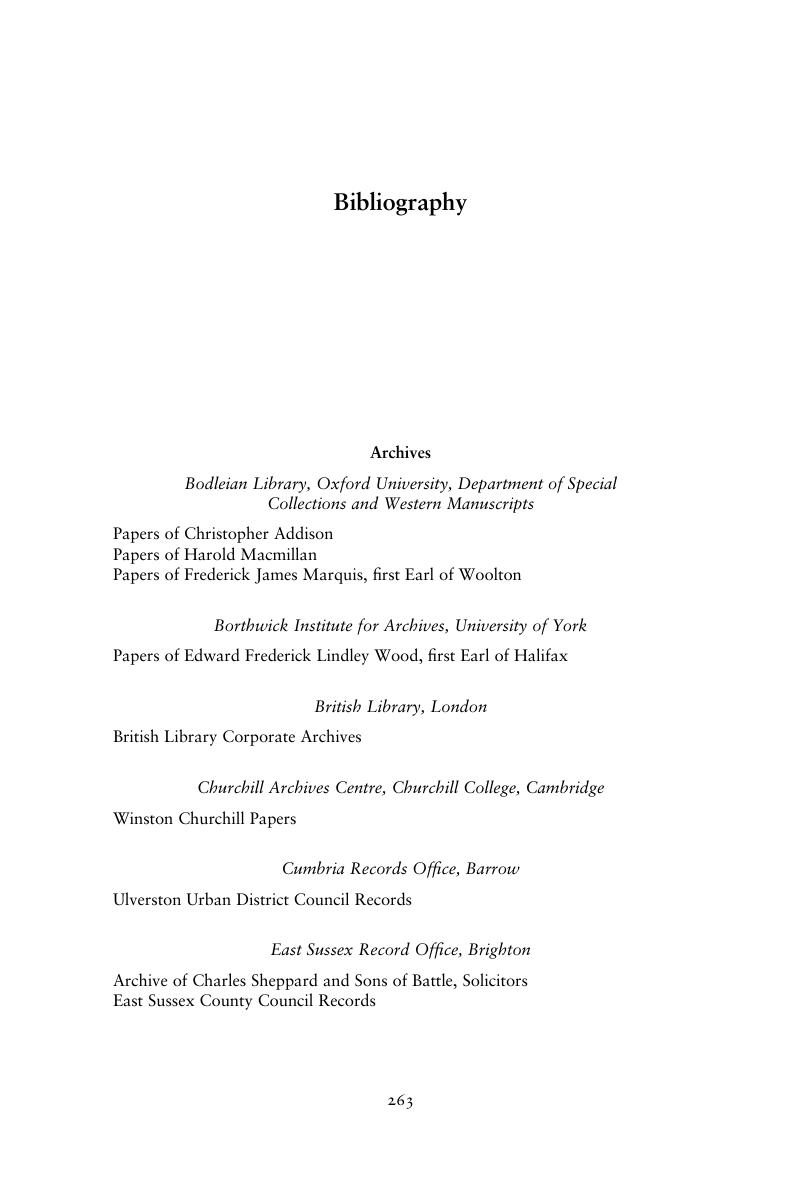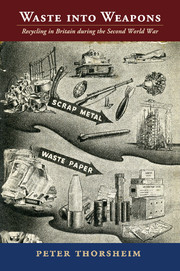Book contents
Bibliography
Published online by Cambridge University Press: 05 September 2015
Summary

- Type
- Chapter
- Information
- Waste into WeaponsRecycling in Britain during the Second World War, pp. 263 - 278Publisher: Cambridge University PressPrint publication year: 2015

